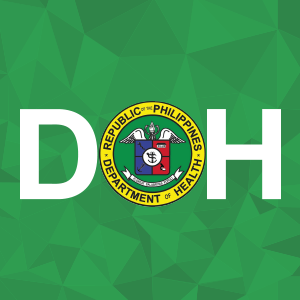News
DOH fast-tracks completion of drug rehab centers

DOH also targets to establish two mega treatment and rehabilitation centers in Luzon, one in Visayas and one in Mindanao. (Photo:Department of Health (Philippines)/ Facebook)
DAVAO CITY–The Department of Health (DOH) is fast-tracking the completion of drug rehabilitation centers in the country although its record shows that only one percent of the total drug surrenderees need in-patient treatment.
Health Secretary Paulyn Jean Rosell-Ubial said that 99 percent of close to 800,000 drug surrenderees nationwide will undergo community-based rehabilitation, which includes skills and development training to help these drug users rebuild their lives.
Ubial said they are working for the completion of nine rehabilitation centers, which can accommodate 500 in-patients each.
Four of the nine rehab centers are government-funded and the rest are donated but DoH will still provide funds for human resource and maintenance, she said.
In Mindanao, there are four rehabilitation centers located in Davao City, Malaybalay City in Bukidnon, Sarangani and Agusan del Sur. DOH also targets to establish two mega treatment and rehabilitation centers in Luzon, one in Visayas and one in Mindanao.
In October last year, DoH recorded almost 700,000 drug users who voluntarily surrendered under “Oplan Tokhang.”
Ubial, who met with city and municipal health officers for a one-day summit in Davao on Tuesday, said that DOH has a budget of PHP3 billion for drug rehabilitation, half which goes to in-patient treatment and the rest to community-based program. The budget is five times higher than the 2016 budget of PHP600 million.
Of the total budget, each municipality and city with community-based program will be allocated PHP750,000 to augment the budget for the activities in the barangays.
“This is just an initial step in providing augmentation to the LGUs and barangays. Hindi yan (This is not the) sole source of budget for CADAC and BADAC activities,” Ubial stressed.
She said there is a need for the local government units and the barangays through their City Anti-Drug Abuse Council (CADAC) or Barangay Anti-Drug Abuse Council (BADAC) to allocate from their own Internal Revenue Allotment (IRA) for their community-based drug rehab activities.
For DOH, the community-based program includes assessment and counseling and skills and development training to keep them busy. This involves also TESDA, which will come in for six months for the skills training; and, the Department of Education for the Alternative Learning System.





















